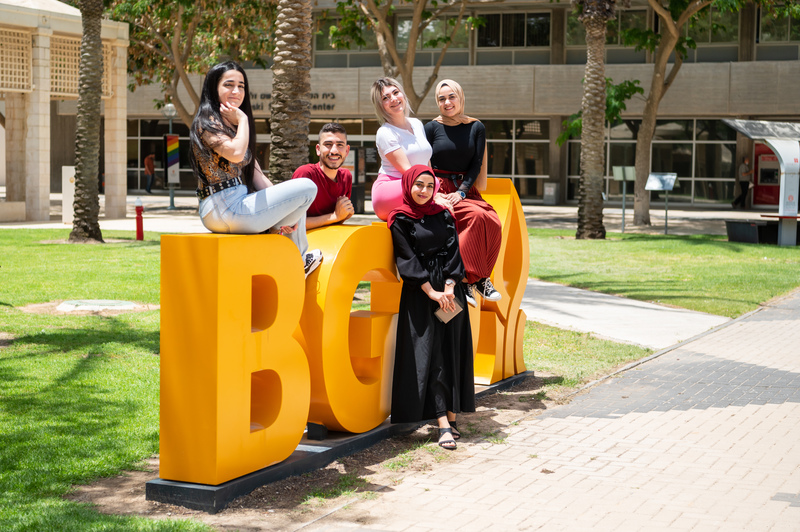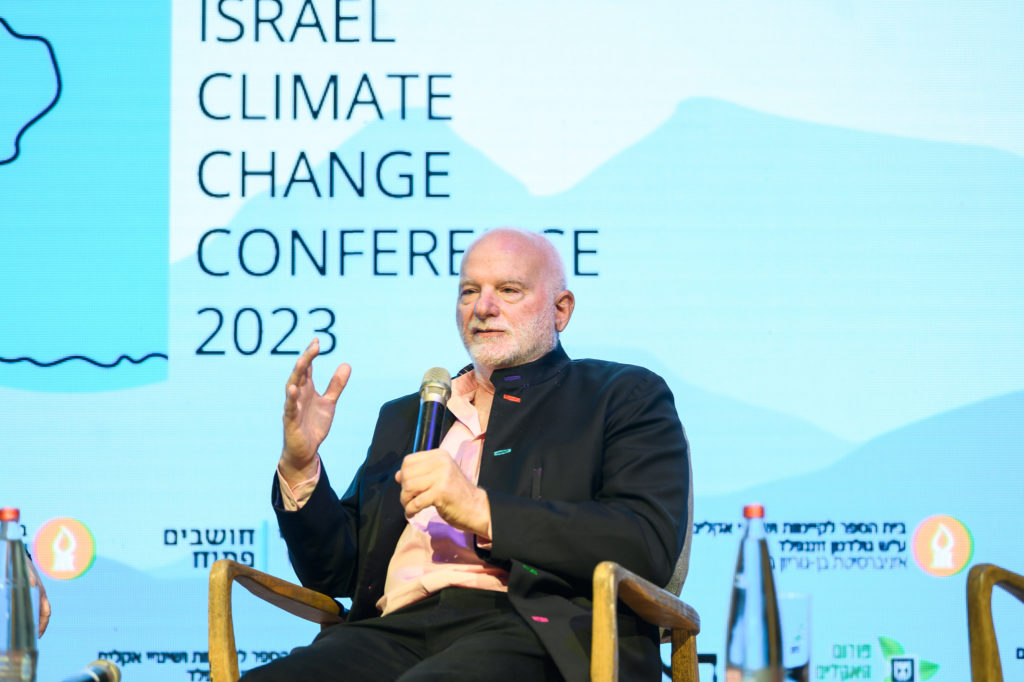
Can Olive Trees and Wheat Co-Exist?
Can Olive Trees and Wheat Co-Exist?
April 22, 2019
Agroforestry is a method and system of land management involving the simultaneous cultivation of farm crops and trees. This technique ensures a continuous food supply, increased economic return and combats desertification and soil erosion, while increasing the use of desert drylands through agriculture.
An agroforestry method called the intercrop system is being studied in the olive grove at Wadi Mashash, the experimental desert farm run by The Jacob Blaustein Institutes for Desert Research at Ben-Gurion University of the Negev.
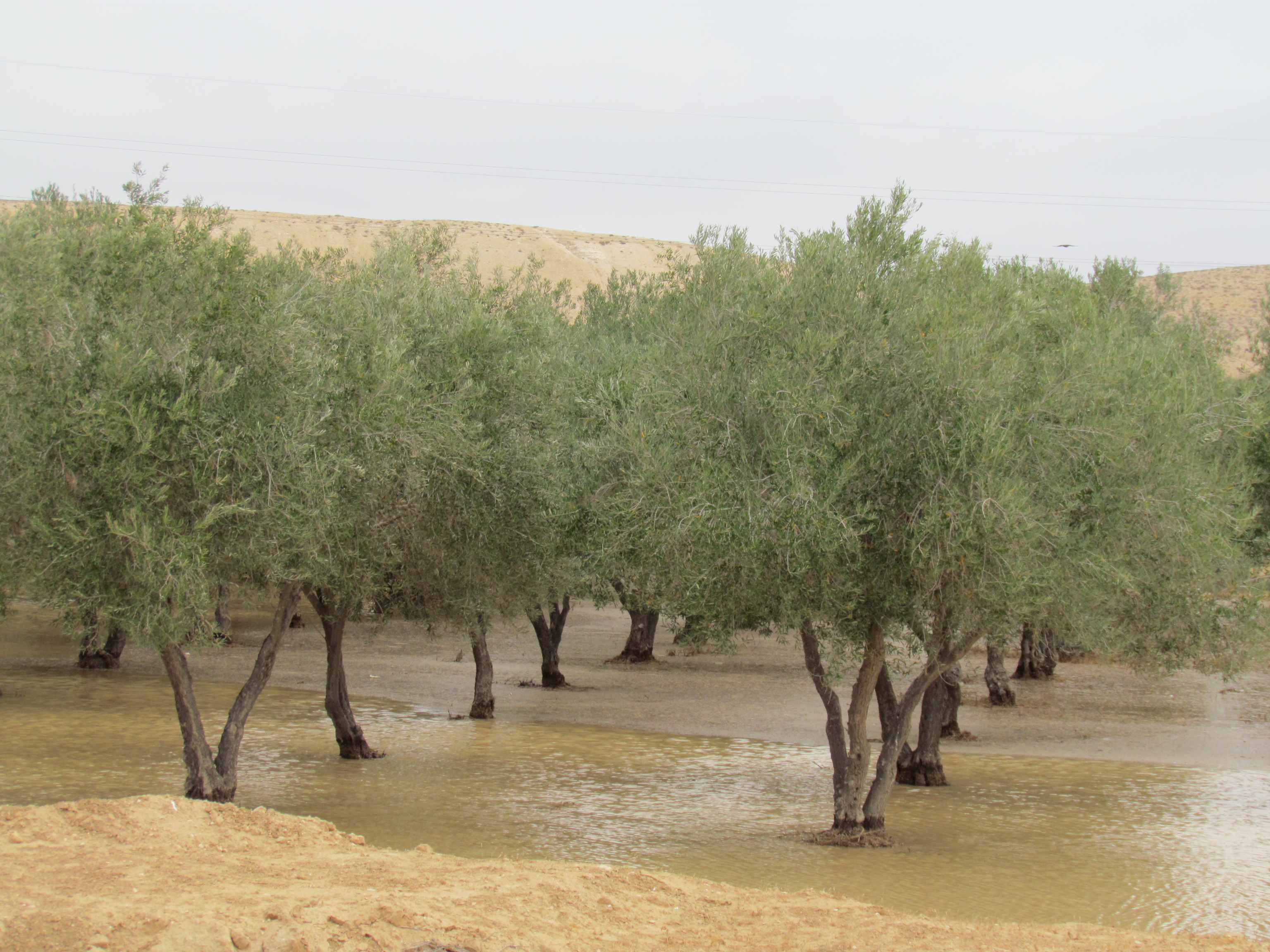
At Wadi Mashash, agriculture is based entirely on the collection of the winter floodwaters from the region’s mere four inches of annual rainfall. This farming method, used two thousand years ago by the Nabataeans, could hold the secret to ending the suffering of millions of people around the world whose sustenance relies solely on harvesting crops irrigated with rainfall.
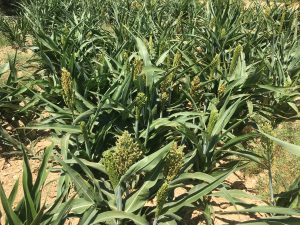 How does the intercrop system work? In between each row of trees, the intercrop (a grain) is planted. This produces an additional crop that can be consumed or sold. The faculty and student researchers will be studying the viability and sustainability of this approach.
How does the intercrop system work? In between each row of trees, the intercrop (a grain) is planted. This produces an additional crop that can be consumed or sold. The faculty and student researchers will be studying the viability and sustainability of this approach.
The intercrop system is ideal for countries in arid zones that need to maximize their crop output with very little rainfall. The fruit of the olive tree produces high quality olive oil. The grain produced provides food for people and animals.
Additionally, most of the water evaporates quickly from soil in arid climates. An intercrop helps keep more water in the soil to feed the crops and trees. BGU researchers are studying the trees’ roots with special cameras that are inserted in the ground via metal tubes. Measurements are taken every half an inch up to a depth of 40 feet from the time of the flood until the earth is completely dry.
In March 2018, sorghum was planted. Sorghum is a widely cultivated cereal native to warm regions. It is a major source of feed for livestock. However, the crop did not succeed because it could not compete with the olive trees. The trees grew too quickly.
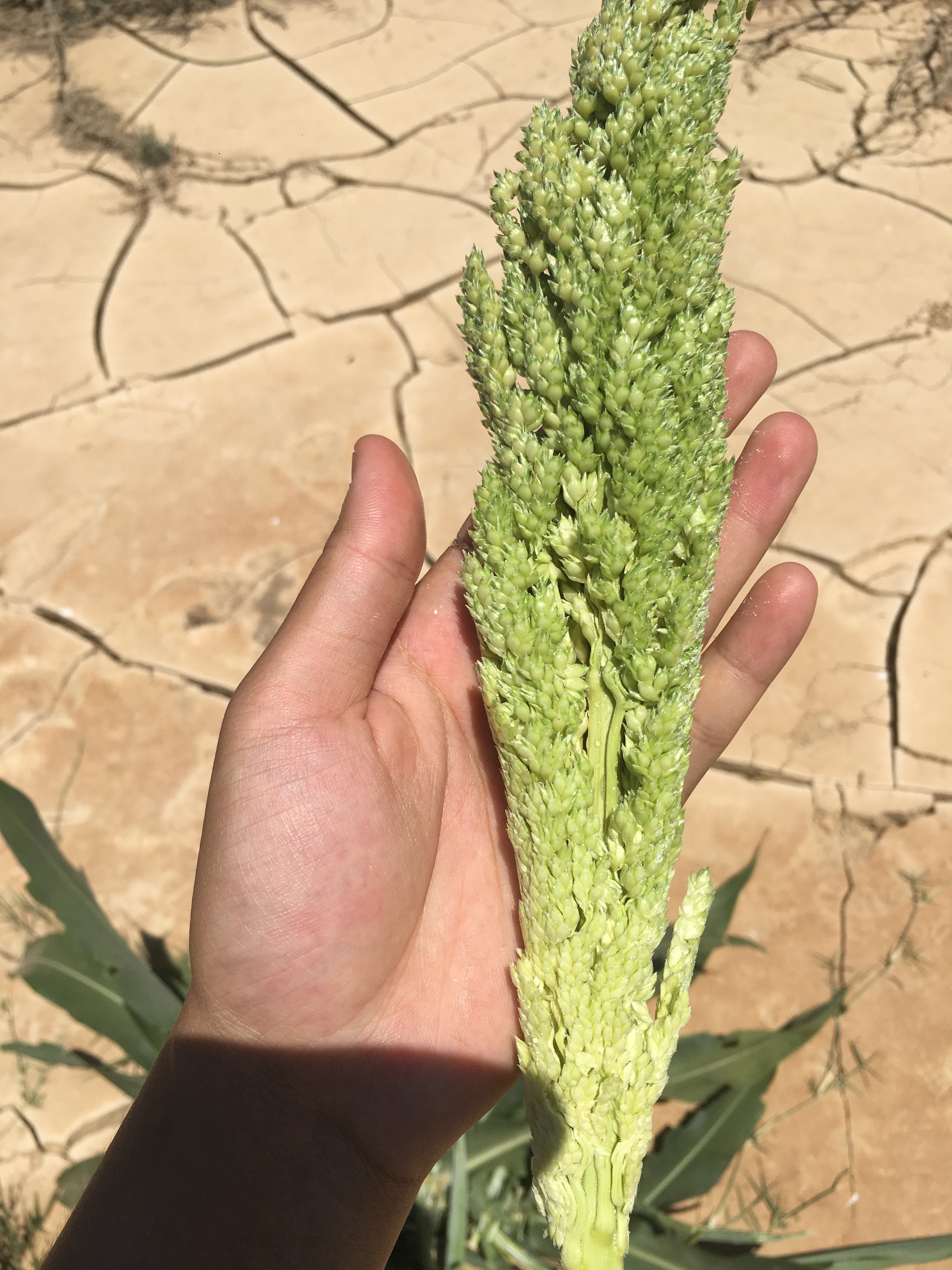 So, following a great winter flood in December 2018, the researchers planted a wheat crop. In a seven-plot pilot, three plots include a wheat crop between the olive trees, three plots include only the olive trees and one plot has only the wheat and no trees. The quality and quantity of the olives and wheat, the root system and the health of the leaves are being studied. Among concerns are:
So, following a great winter flood in December 2018, the researchers planted a wheat crop. In a seven-plot pilot, three plots include a wheat crop between the olive trees, three plots include only the olive trees and one plot has only the wheat and no trees. The quality and quantity of the olives and wheat, the root system and the health of the leaves are being studied. Among concerns are:
Solar radiation: The trees need to be pruned to ensure the intercrop receives enough sunlight.
Water competition: Will there be enough for both the tree and the wheat? Or will the olive tree take too much water as they did with the sorghum.
The entire olive grove, which began in 2012, will eventually have to be fertilized using compost made from the leaves of nearby Acacia trees because nitrogen is being released from the soil. Acacia trees grow very quickly — also with little water — and these are a great source of fodder and firewood in drylands.
At Wadi Mashash, today’s flood waters are harvesting a new olive tree forest, bringing life to the desert and promising fewer struggles for millions of people.
Plant an olive tree to seed desert research and you and the person you are honoring will receive a beautiful, personalized certificate.


